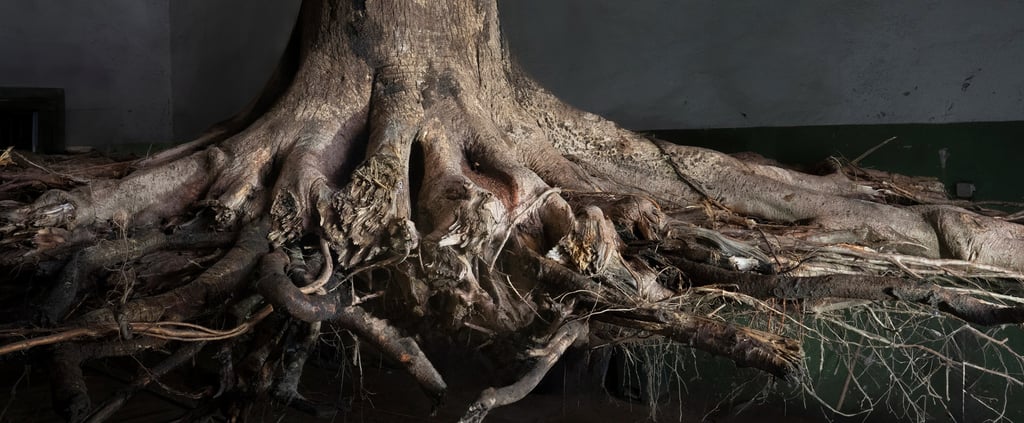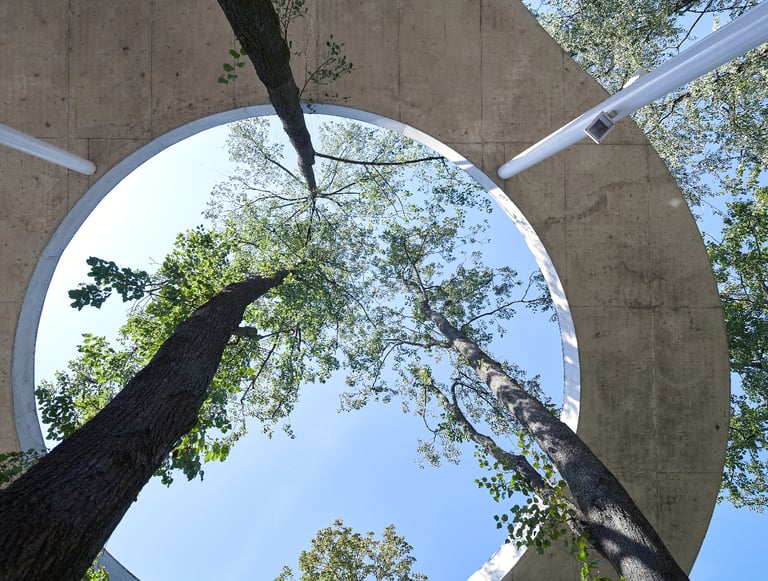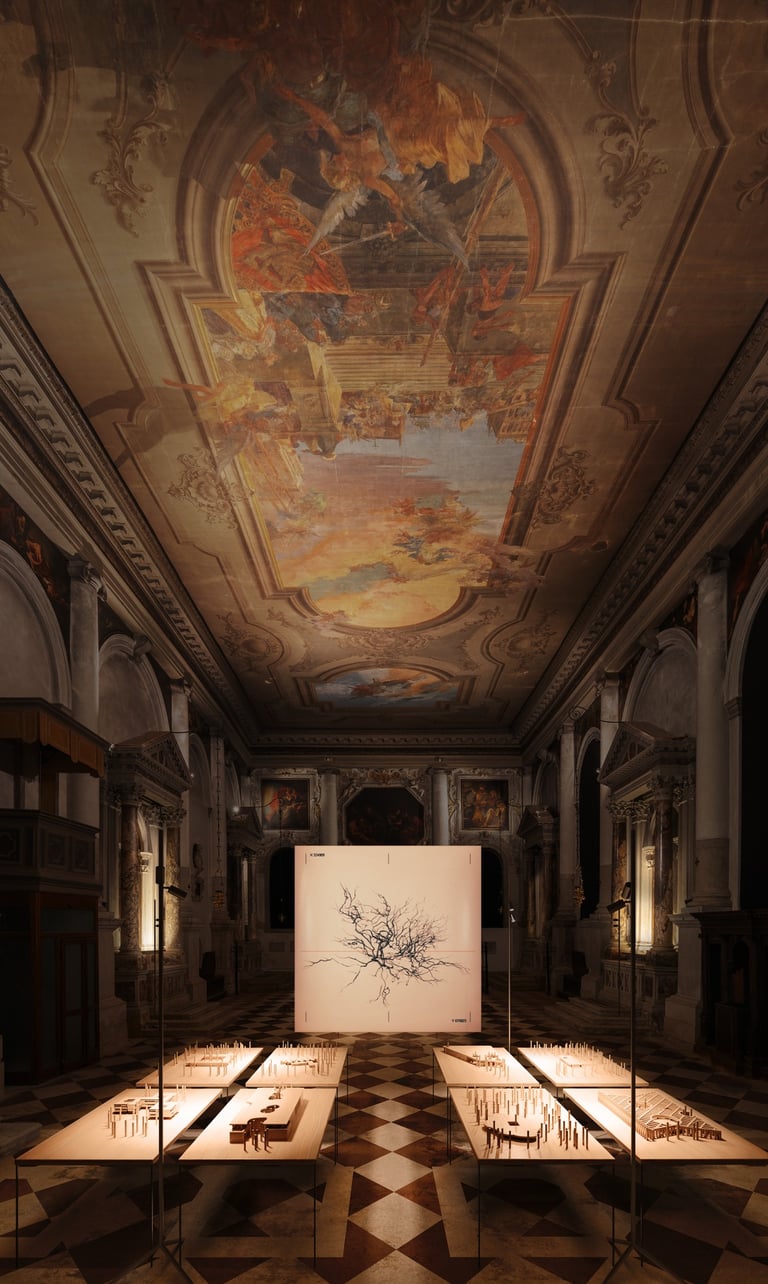Progress moves forward, by definition. The pace of life accelerates continuously.
Are the concepts of Genus Loci and moral sensibility still essential for understanding and evaluating new architectural projects in today’s liquid-modern world?
In a geologically infinitesimal amount of time, the landscape of a neighborhood changes radically, driven by massive investments in new development plans: century-old oak trees, that have withstood generations and represent a sense of belonging to the place for its residents, are removed overnight without a trace.
But it is not just that. The loss of a neighborhood tree risks erasing the historical and collective memory and the identity of the place itself.
Rooted in the history of its territory, where urban development has been closely intertwined with the relationship between architecture and the natural environment, even the most minor, often controversial transformations now deeply and painfully alter the historic and “familiar” urban environment for its inhabitants.
The exhibition begins with an installation of an uprooted tree stump, acting as an emotional trigger, embodying the reality of what is lost—both physically and symbolically—when the roots that sustain life are severed. It also presents architectural models of late 20th- and 21st-century projects inspired by the natural environment, particularly the trees of the area.
This part also explores sustainability in architecture as long-term integrity, harmonizing the conception of buildings with the new spaces they create. The experience is enriched by an audiovisual installation projected on a white cube that serves as an intermediary linking architecture to nature and human creation.
The Pavilion functions as an open space—comprising a cloud of ideas—that will evolve, fostering an international dialogue among professionals, architects, researchers, and creatives from over a dozen European universities.






CONCEPT
Today, the act of cutting down trees in urban areas sparks massive protests among residents, expressing dissatisfaction with changes in their environment, quality of life, urban climate deterioration, and loss of historical memory. The position of architects plays a crucial role here.
Archi / Tree / tecture provides a space for reflection and invites architects and visitors to explore the relationship between diverse architectures and urban natures.
© 2024. All rights reserved.

Presented by:
Patronage:
Produced by:


